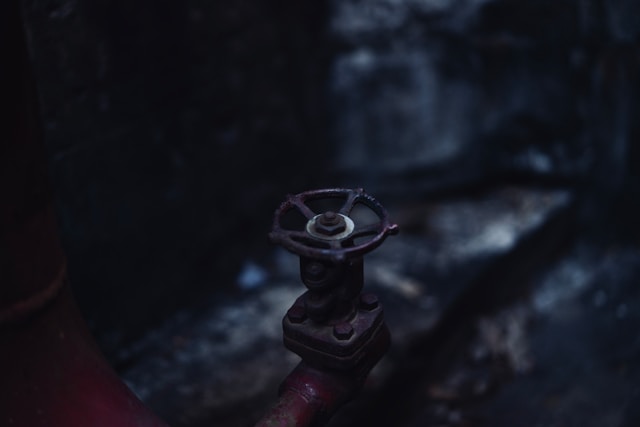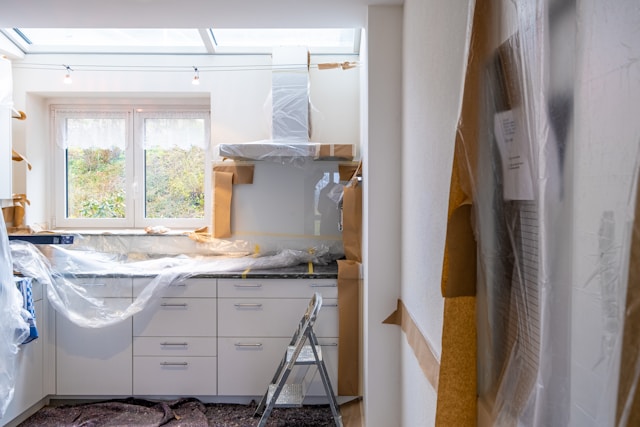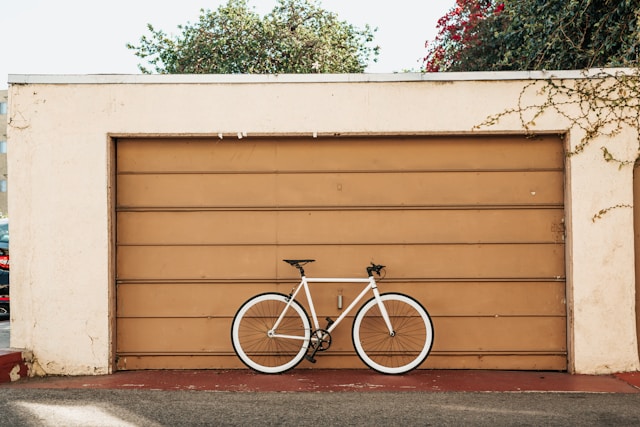Key Takeaways:
- Understand the historical and aesthetic significance of antique shelf clocks.
- Learn the essentials of vetting, evaluating, and valuing your antique clock investment.
- Explore the various markets for acquiring a piece, as well as best practices in conservation and maintenance.
Table of Contents:
- Understanding the Appeal of Antique Shelf Clocks
- Researching Before the Purchase
- The Basics of Evaluating Antique Clocks
- Navigating the Antique Clock Market
- Maintaining Your Antique Shelf Clock
Understanding the Appeal of Antique Shelf Clocks
The appreciation for antique shelf clocks extends beyond their functional value; they are prized for their exquisite artistry and as emblems of cultural history. These marvelous pieces are a testament to the era’s skilled artisans who meticulously designed and crafted each clock, often by hand, into art. The visual splendor of antique clocks, with their elaborate facades, detailed scrollwork, and richly varnished woods, reflects the high standards of past societies where functional objects were made to be beautiful—not just practical.
For many enthusiasts, possessing an antique clock is like keeping a piece of the past alive. Not only do these clocks function as reliable timepieces, but they also resonate with individual stories and historical moments.
Immersing oneself in the history of antique clocks can enrich the collector’s understanding of each piece’s uniqueness. Websites that offer a collection of antique shelf clocks for sale can be a treasure trove of visual and factual information to kick off or deepen an enthusiast’s journey into horology.
Researching Before the Purchase
Diligent research is the cornerstone of making an informed purchase. The history of an antique clock—including its origin, previous ownership, and any restorations—should be scrutinized to understand its genuine value and historical integrity. One should look to authoritative sources such as specialized books on antique clocks, historical records, and reputable databases that can provide a wealth of information on different makes and models from various eras. Even casual conversations with fellow collectors or experts can add to a wealth of anecdotal knowledge guiding purchase decisions.
Understanding the provenance, or the chronology of a historical object’s ownership, custody, or location, is particularly salient when assessing an antique shelf clock. It contributes to the clock’s story and is an integral component that can greatly affect its market value. Certificates of authenticity, appraisals, or receipts can serve as tangible links to the past and offer some assurance to new custodians of the clock’s heritage and authenticity.
The Basics of Evaluating Antique Clocks
The physical condition of an antique shelf clock is a key determinant of its desirability and value. Scrutinizing the clock can disclose important details: Does it have its original glass, hands, or face? Are there scratches, cracks, or any signs of neglect or damage? A clock in its original, untouched state can be far more valuable than one that has undergone significant restorations or repairs, which may compromise its authenticity.
The operational state of a clock, including its movements, sounds, and features, is just as critical. For example, the soft ticking of a perfectly calibrated movement or the sonorous chime marking the hour can significantly enhance a clock’s appeal. A clock that runs as designed is more reliable and suggests it has been well-cared for, which is crucial to maintaining its functional and historical value.
Navigating the Antique Clock Market
Entering the market for antique shelf clocks requires savvy and strategic thinking. Buyers can peruse a variety of avenues to find these prized possessions. Traditional brick-and-mortar auction houses and antique shops are treasure troves where one can experience the tactile sensations of these historical pieces. Conversely, online auctions and classified advertisements offer convenient access to a global selection. Buyers must be ready to conduct their due diligence to understand the full context and condition of any clock they consider.
Maintaining Your Antique Shelf Clock
Acquiring an antique shelf clock is a commitment to preserve its legacy. As these pieces can be fragile and complex, they require a vigilant and nurturing approach to maintenance. The first line of care is simple yet essential—gentle cleaning and dusting can prevent grime build-up that may corrode metal components or tarnish wood finishes. Using appropriate, non-abrasive materials to clean without damaging delicate parts is important.
Eventual wear and tear may mean some parts require restoration or replacement to keep the clock running smoothly. In these instances, it is critical to find clock repair experts or restorers who specialize in antique clocks and are familiar with the nuances of older timekeeping devices. These professionals can offer services that respect the clock’s integrity while ensuring its functionality.

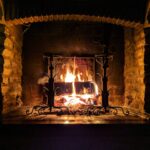 Keeping Your Hearth in Top Shape: The Value of Routine Fireplace Repair
Keeping Your Hearth in Top Shape: The Value of Routine Fireplace Repair 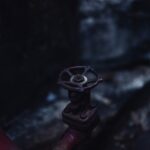 Septic Systems: Maintenance Tips for Homeowners
Septic Systems: Maintenance Tips for Homeowners  Timeless Elegance: A Guide to Buying Your First Antique Shelf Clock
Timeless Elegance: A Guide to Buying Your First Antique Shelf Clock  Fostering Tranquility: Infusing Personal Well-Being into Home Renovation Ventures
Fostering Tranquility: Infusing Personal Well-Being into Home Renovation Ventures 
